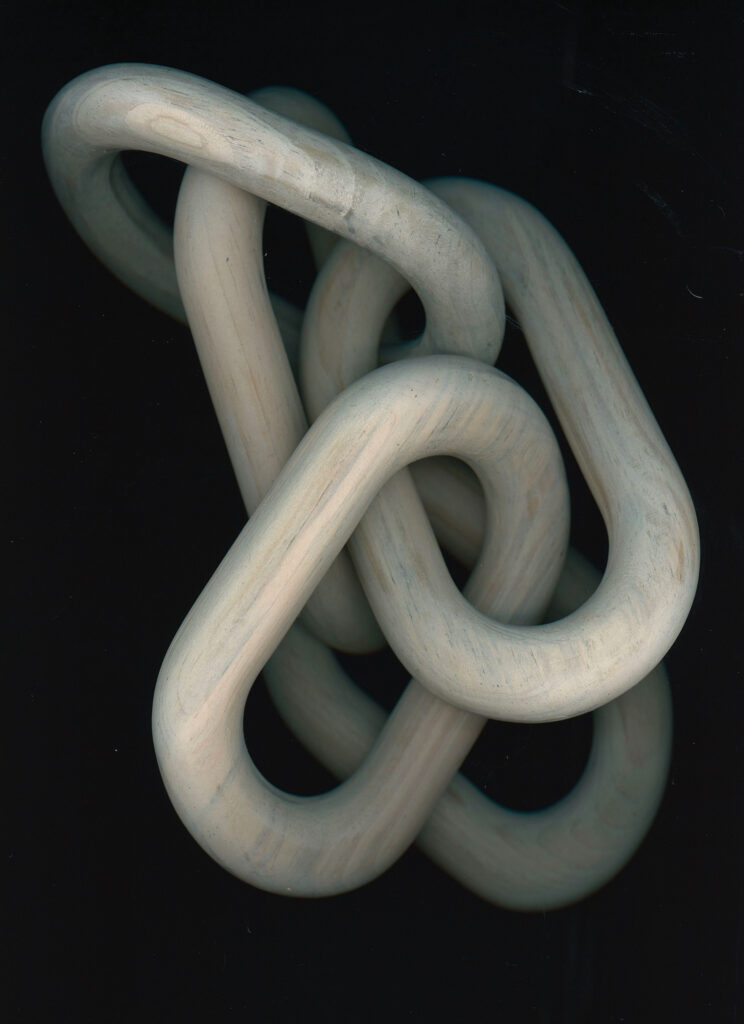I’ve been doing some writing and mind mapping for a few weeks now, after a half-day class with photographer/writer/goddess Cig Harvey.
This practice, designed to push away the monkey-chatter of the everyday that gets way too much real estate as it is and let some of the subconscious thought float to the surface, involves two steps. First, a timed writing exercise where you set a timer for, say, 10 or 15 minutes, pick up a pen (don’t do this on a computer) and write. Do not let your pen leave the page. If all you’re writing is “Shit, shit, shit, shit, fuck!” it’s fine. Something more useful will eventually emerge. DO NOT OVERTHINK THIS. Just write. Don’t worry about grammar or flair. Just write.
Second step: Mind mapping. Read over what you just wrote. What words emerge? What themes? What concerns or patterns? Do not judge yourself or what you’ve just written. Boil it down to one word. And, again, do not overthink this. One word will pop out at you and have meaning.
Put that word in the middle of a rectangular piece of paper. Set a time for 5 minutes (or any amount of time that makes sense to you). Now, go full stream-of-consciousness around that word in the middle. Ask yourself some questions: What colors come to mind when I think about this word? What smells? What objects? What adjectives? What emotions? What is the exact opposite of this word?
With what you’ve discovered through that day’s mind map (and this is key: the map can and probably will be different every single time you do this, although there may be themes or issues that arise regularly), go make some photographs. (Or draw. Or write. Or dance. Make videos. Play an instrument.)
This is part of a practice of creating with intention. Bringing to consciousness and then exploring what is on our minds at a deep and subconscious (or even unconscious) level.
Here’s an example I recently completed.

What emerged for me with this work was the need to be seen.
I had made this photograph over a year earlier. I liked it, but I had no idea how I might use it or where it might fit in within the broader context of my projects.
But then it made sense. I knew how I wanted to use it. I wanted to rework a project I had completed (my zine, Refulgence) into a small and very personal artist’s book, and I wanted to make the book less about Covid memories and more about the healing power of art.

I do this practice every day. Or pretty much every day 🙂 I hang on to all of my mind maps in a smallish journal. And I mine this material for motivation and creative intention.

The night before the second day of a workshop on hand coloring (full thanks to Laurie Klein
for this workshop), I did some writing and created a new mind map.
Just to show how incredibly helpful this can be, here are the highlights:
I wrote for 15 mins.
I read what I had written and distilled everything to one word:
BOUNDARY.
I mind mapped that word.
Colors.
Emotions.
Ideas that bubbled up.

I ended up with photographs of a wooden rope I found at a shop one time and bought because I loved its smooth contours.
Boundary: The way the links bend to form the ovals. The way there is no breaking apart the “rope”. The way the space is defined by the way the links work together and separately. The light and the dark formed by the way the rope exists in the space. The way I feel more creative when I impose some constraints and must resolve the something.
Hand coloring the black and white print (using Moab Entrata Rag White paper, 160 gsm) brought the subtlety of the colors into stark relief, demonstrating the beauty of simplicity and restraint.
So, yeah, at some level this is a photograph of a wooden rope. I made it on a flatbed scanner (cameraless photography!) that I covered with a black box — a homemade number I pieced together with foam core and duct tape.
But it is very much not a photograph of a wooden rope. The intention is emotional and real. I may make several more of these, each time placing the objet in a different position.
Sometimes, a pipe is not a pipe.
Dear Amy,
I always enjoy reading your blog posts. There’s a lot of similarity in how we think and assimilate things and in what motivates us to make art. I also participated in the Cig Harvey class and found it to be incredibly helpful. Thank you for sharing your journey and your meaningful images.
Best,
Anne
Anne,
Thank you so much. I agree — that class was incredibly helpful. So grounding and often genuinely surprising, as well. I love your work, so it such a rewarding feeling to hear such generous thoughts from you. Thank you!